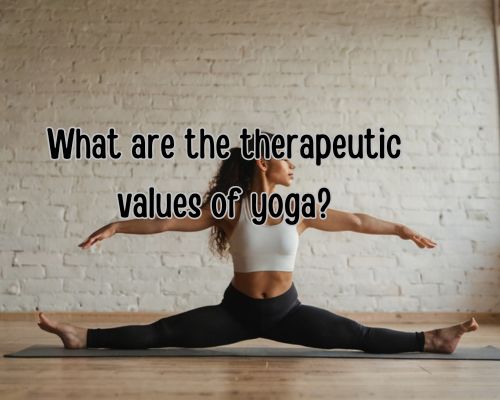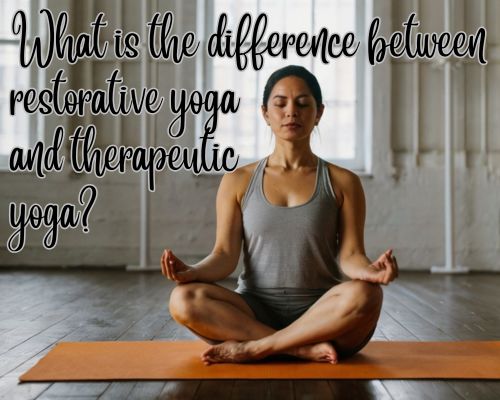Moving Services in Everett: A Comprehensive Guide

Whether you are moving across the street, to a neighboring city, or across the country, moving can be a daunting task. The process requires time, effort, and a great deal of planning. This is where professional moving services come in, providing not only convenience but also a sense of security as your belongings are transported to their new location. In Everett, Washington, a city known for its beautiful waterfront, proximity to Seattle, and its thriving economy, there are a variety of movingserviceseverett.com available to help make your move seamless and stress-free.
Why Hire Professional Moving Services?
The decision to hire professional movers might seem like an added expense, but the benefits far outweigh the costs. Moving companies are trained to handle a wide variety of tasks, from packing delicate items to disassembling and reassembling furniture. Hiring professionals can save you time, reduce the risk of injury, and provide peace of mind.
For example, movers in Everett are familiar with the area, which means they know the best routes to avoid traffic delays. They also have the equipment and knowledge to safely move heavy or bulky items, such as pianos, antiques, and large furniture.
Types of Moving Services in Everett
Moving services come in various forms, each designed to meet the unique needs of different customers. Whether you’re moving locally, long distance, or internationally, there’s a moving service to fit your requirements. Here are the main types of moving services you can find in Everett:
Local Moving Services
Local moving services are designed for people who are relocating within the same city or surrounding areas. These moves generally take less time and distance, but they still require careful planning and execution. Local movers in Everett typically charge by the hour, so it’s important to stay organized and minimize delays to keep costs down.
Local moving companies will handle everything from packing your items to loading them onto the truck and transporting them to your new home. They may also offer services like packing and unpacking, furniture disassembly and reassembly, and temporary storage if necessary.

Long-Distance Moving Services
If you’re relocating outside of Everett, you’ll need a moving company that specializes in long-distance moves. These companies have the experience and equipment to handle moves that span several hundred miles or more. Long-distance moving services include everything from packing, loading, transportation, and unloading to ensuring that your items are transported safely over the long haul.
When you opt for a long-distance move, it’s important to book your movers well in advance, as these moves often involve more complex logistics. A moving company will help determine the best route for your items, offer estimated delivery times, and ensure that your belongings are well protected throughout the journey.
International Moving Services
For those moving abroad, international moving services are essential. These companies handle not only the logistics of moving items across borders but also deal with any customs and regulatory requirements. International moving services typically include packing, shipping, customs clearance, and delivery to your new destination.
Specialized Moving Services
Some items require special attention due to their size, weight, or fragility. Specialized moving services cater to these types of moves. Examples include moving large items like pianos, fine art, antiques, and valuable collections. These services are particularly important for people who own high-value or irreplaceable items and want to ensure that they are transported with the utmost care.
In Everett, many moving companies offer these specialized services, including custom crating and packing for fragile items. Movers are trained to use specialized equipment to transport delicate or bulky objects without causing damage.

Benefits of Hiring Movers in Everett
Hiring a professional moving service in Everett comes with several advantages that can make your relocation experience much smoother. Here are a few key benefits:
- Time-Saving: Moving takes time, and professional movers have the experience to complete the job quickly and efficiently. This leaves you with more time to focus on other aspects of your move, such as settling into your new home.
- Safety and Security: Movers in Everett are trained to lift heavy items and use proper techniques to avoid injury. Additionally, moving companies offer insurance, which means your belongings are protected in case something goes wrong.
- Stress-Free Experience: Relocating can be emotionally and physically exhausting, but with movers handling the logistics, you can avoid the stress and focus on the excitement of starting fresh in your new home.
- Packing and Unpacking Services: Professional movers not only transport your belongings but can also help with packing and unpacking, which makes the whole process easier. You won’t have to worry about securing boxes or worrying about what should be packed first or last.
Choosing the Right Moving Company in Everett
When selecting a moving company in Everett, it’s important to do your research. Look for a company that is licensed and insured, has a strong reputation, and offers the specific services you need. It’s also a good idea to get multiple quotes before making a decision, as prices can vary depending on the size and scope of your move.
Customer reviews and word-of-mouth recommendations can be invaluable when searching for a reliable moving company. Be sure to ask about any additional fees, the estimated timeline for your move, and the company’s cancellation or rescheduling policy.
Conclusion
Moving doesn’t have to be a stressful experience. With the help of professional moving services in Everett, you can ensure that your relocation is handled efficiently and safely. Whether you’re moving locally or internationally, there’s a wide range of services available to suit your needs. From packing to unloading, movers in Everett have the expertise to make your transition as smooth as possible.











